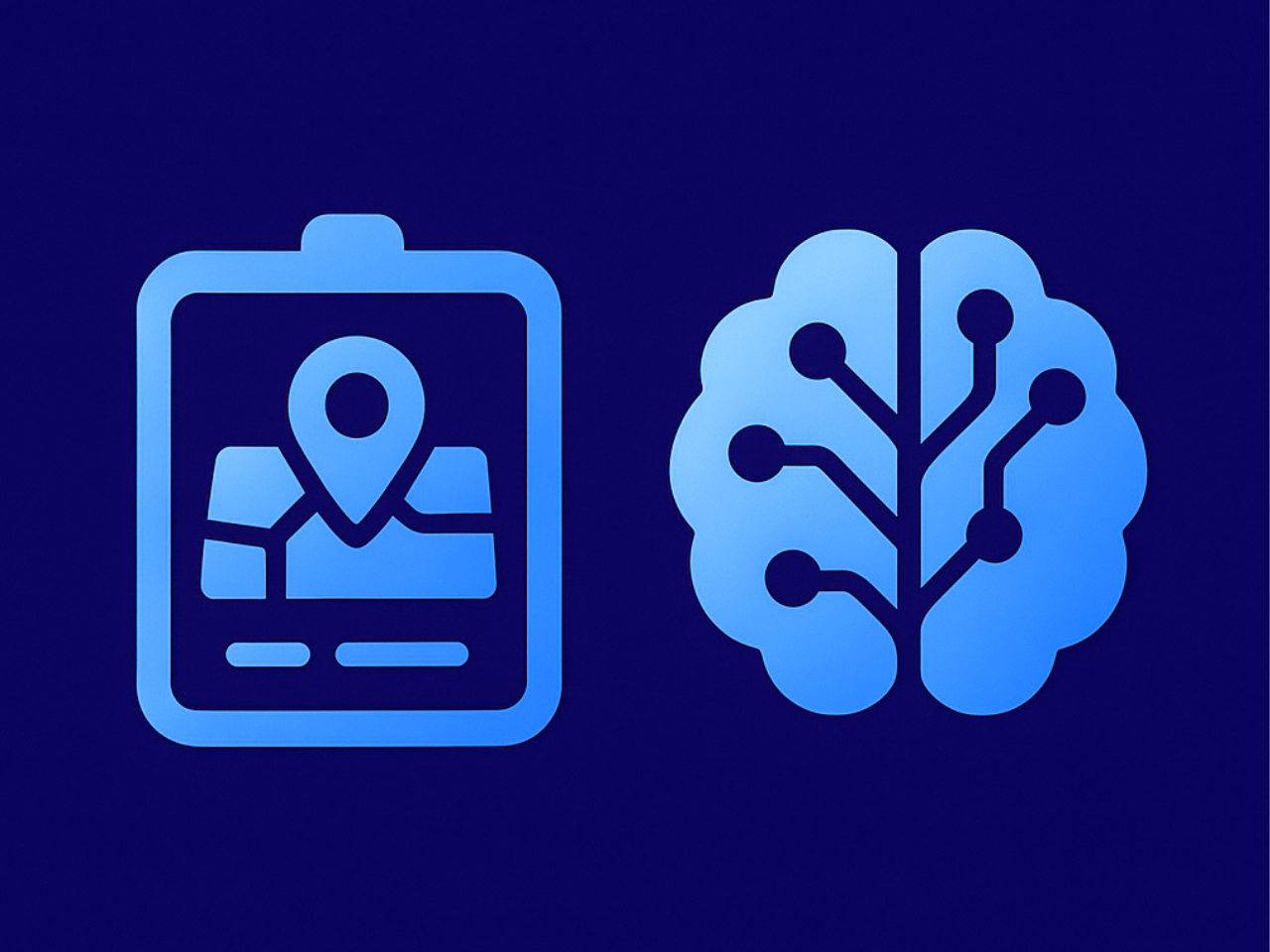CrewAI for Beginners: Build an AI Travel Itinerary
Build an AI-powered travel planner using CrewAI and Serper. Learn how to use agents, tasks, and workflows to create structured itineraries. This hands-on project introduces starters to CrewAI concepts by guiding you through building a complete travel itinerary system. You’ll define itinerary models, design research and planning agents, and run workflows that transform trip details into personalized, day-by-day plans. Perfect for beginners eager to explore multi-agent AI, task orchestration, and real-world applications.
4.8 (20 Reviews)

Language
- English
Topic
- Skills Network
Enrollment Count
- 71
Skills You Will Learn
- Generative AI, LLM, CrewAI, Multi Agent, AI Agent, Python
Offered By
- IND
Estimated Effort
- 30 minutes
Platform
- SkillsNetwork
Last Update
- December 7, 2025
Through hands-on implementation, you’ll create a complete AI Travel Planner. Unlike a single LLM prompt, this system coordinates multiple agents to simulate realistic trip planning, researching destinations, finding must-see attractions, selecting food experiences, suggesting transport and passes, and organizing everything into a tailored itinerary, while adapting to constraints like interests, budget, and travel dates.
You’ll use Serper web search, structured itinerary models, and CrewAI tooling to define agents and tasks, then run them in a coordinated workflow. The project demonstrates how structured models enforce consistency, how to integrate live search for up-to-date results, and how CrewAI orchestrates collaboration between agents for a polished output. By the end, you’ll have built a functional AI travel planning workflow that can be adapted for any destination.
What You'll Learn
- Build a fully functional CrewAI workflow to automate multi-agent trip planning.
- Design structured itinerary models to ensure consistent daily plans and activity details.
- Define agents and tasks in Python, integrating them into a collaborative system.
- Leverage SerperDevTool for real-time web search to fetch current and relevant travel info.
- Coordinate reasoning between AI agents to produce dynamic, user-specific itineraries.
Who Should Enroll
- Developers exploring agentic AI systems for real-world planning use cases.
- AI/ML practitioners interested in structured outputs and multi-agent workflows.
- Software engineers looking to integrate live search tools into AI systems.
- Technical professionals wanting to build customizable, domain-specific CrewAI workflows.
What You'll Need
- A basic understanding of Python.
- Familiarity with foundational AI/LLM concepts (prompts, agents, structured data).
- A modern web browser such as Chrome, Firefox, Safari, or Edge.

Language
- English
Topic
- Skills Network
Enrollment Count
- 71
Skills You Will Learn
- Generative AI, LLM, CrewAI, Multi Agent, AI Agent, Python
Offered By
- IND
Estimated Effort
- 30 minutes
Platform
- SkillsNetwork
Last Update
- December 7, 2025
Instructors
Karan Goswami
Data Scientist at IBM
I am a dedicated Data Scientist and an AI enthusiast, currently working at IBM's Skills Builder Network. Learning how some simple mathematical operations could be used to make predictions and discover patterns sparked my curiosity, leading me to explore the exciting world of AI. Over the years, I’ve gained hands-on experience in building scalable AI solutions, fine-tuning models, and extracting meaningful insights from complex datasets. I'm driven by a desire to apply these skills to solve real-world problems and make a meaningful impact through AI.
Read more